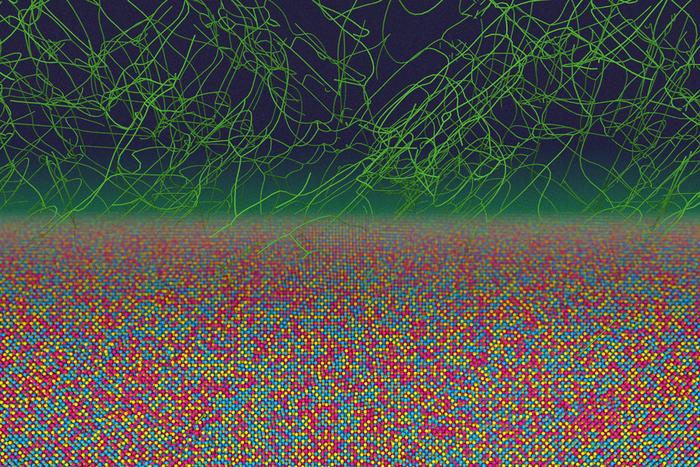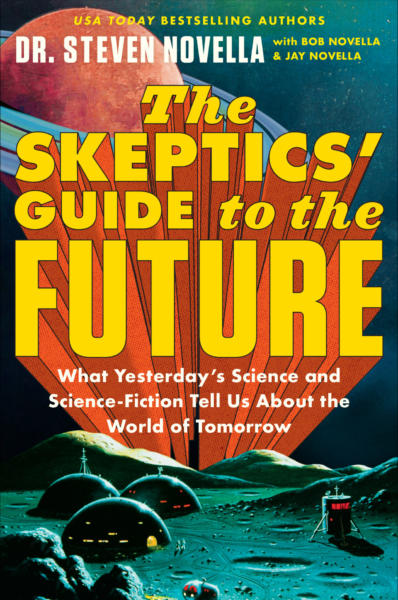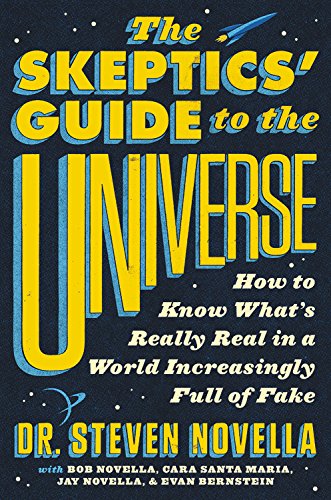Oct 14 2025
New Physics Discovered in Metal Manufacturing
 I attended a Ren Faire this past weekend, as I do most falls, and saw a forging demonstration. The cheeky blacksmith, staying in character the whole time, predicted that steel technology was so revolutionary and so useful that it would still be in wide use in the far future year of 2025. It is interesting to reflect on why, and to what extent, this is true. Once we figured out how to make steel both hard and strong it became difficult to beat it as an ideal material for many applications. SpaceX (a symbol of modern technology), in fact, builds its Starship rockets out of stainless steel.
I attended a Ren Faire this past weekend, as I do most falls, and saw a forging demonstration. The cheeky blacksmith, staying in character the whole time, predicted that steel technology was so revolutionary and so useful that it would still be in wide use in the far future year of 2025. It is interesting to reflect on why, and to what extent, this is true. Once we figured out how to make steel both hard and strong it became difficult to beat it as an ideal material for many applications. SpaceX (a symbol of modern technology), in fact, builds its Starship rockets out of stainless steel.
However, steel technology has advanced quite a bit. The process of hardening and strengthening steel has been perfected. Further, there are many alloys of steel, made by mixing small amounts of other metals. It is difficult to say how many alloys of steel exist, but the World Steel Association estimates there are 3,500 grades of steel in use (a grade includes the specific alloy, production method, and heat treatments). Each grade of steel is tweaked to optimize its features for its specific application – including hardness, strength, heat toleration, radiation tolerance, resistance to rusting, ductility, springiness, and other features.
Steel is so versatile and useful that basic science research continues to explore every nuanced aspect of this material, trying to find new ways to alter and optimize its properties. One relatively recent advance is “superalloys” – which use complex alloy compositions in addition to highly controlled microstructures. Essentially, material scientists are finding very specific alloy ratios and manufacturing processes to create specific microstructures that have extreme properties. And of course, AI is being used to speed up the process of finding these specific superalloy formulas.
All of this is why I find it interesting that material scientists have discovered something very specific, but new, about how steel behaves. Without this context this may seem like a giant “so what” kind of finding, interesting only to metal nerds, but this kind of finding may point the way to future superalloys with even superior properties.
What they found is that steel alloys are not truly randomized even after extensive manufacturing. Again, it is not immediately obvious why this is interesting, but it is because this finding was totally unexpected. When you manufacture steel, at some point any structure in the steel has been completely randomized, also described as being at equilibrium. Think of this like shuffling a deck of cards – with enough shuffles, you should have a statistically random deck. Imagine if you shuffled a deck of cards far beyond the full randomization point, but then found that there was still some non-random arrangement of cards in the deck. Hmm…something must be going on. Probably you would suspect cheating. When the material scientists found essentially the same phenomenon in steel, however, they did not suspect cheating – they suspected that some previously unknown process was at work.
Through modeling and further experimentation they determined that small defects in the metal were not being broken up at random. There was a non-random aspect to the order in which these tiny structures were breaking apart. The researchers think it is because slightly weaker bonds were more likely to break before slightly stronger bonds, so the bonds creating the small defect structures were not being randomized but were maintaining some non-random order (a so-called far from equilibrium state), even after thorough processing. This phenomenon also goes beyond steel to any metal.
It remains to be seen how useful this new property will turn out to be. The next step is for researchers to create a map of these non-random structures, the manufacturing processes that create them, and the effect they have on the properties of the metal. The more thorough this map becomes, the more metallurgists will be able to use this phenomenon to tune the properties of metal alloys. One early target is metals used as catalysts. Catalysts make chemical reactions go faster (often orders of magnitude faster – from a practical point of view, from not happening at all to happening robustly). Catalysts are critical for manufacturing processes, and finding the right catalyst often makes the difference between a technology working or not working. Having a map that allows for tuning this property could prove extremely useful.
This is definitely an incremental advance at best in metallurgy, but could prove extremely valuable, even if just a few new catalysts emerge from this process. Every incremental advance we make in material science changes the game of technology, making new applications possible.
This is why (if you will forgive a nerd tangent) science fiction almost always includes some fantasy materials. In order the explain the fantastical technology we see or read about, equally fantastical materials are necessary. This is why there is adamantium, unobtanium, mithril, and vibranium. Even in hard science fiction, like the recent Project Hail Mary, the aliens had xenonite, a super material made from xenon.
Unfortunately, none of these science fiction materials exist or are likely to exist. There are no new stable elements on the periodic table (newly discovered elements are inherently unstable, surviving for only fractions of a second). This means we need to find new alloys, or compounds, or we need to change the properties of material by controlling their micro and nanostructure. This will create some “super” materials, but likely nothing like the best materials of science fiction. Although I do hold out hope that there is some super material out there, waiting to be discovered.
My wish list includes a material with extreme radiation tolerance and blocking ability (without requiring extreme volume or mass) – something that can absorb or block high energy cosmic rays. This would make space travel much easier and safer. Without it, human space travel is likely to be extremely limited.






